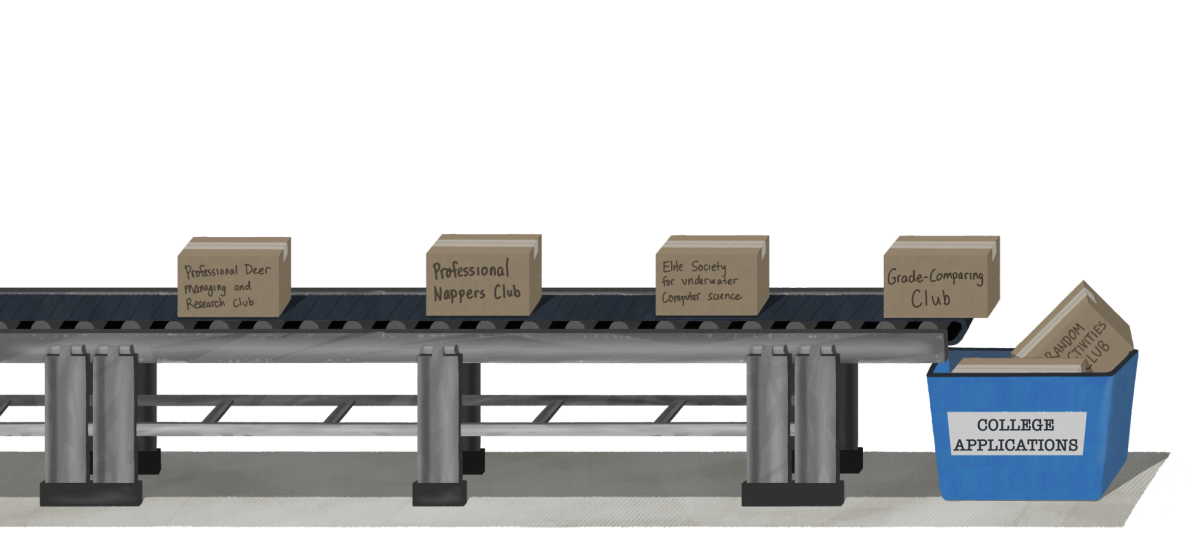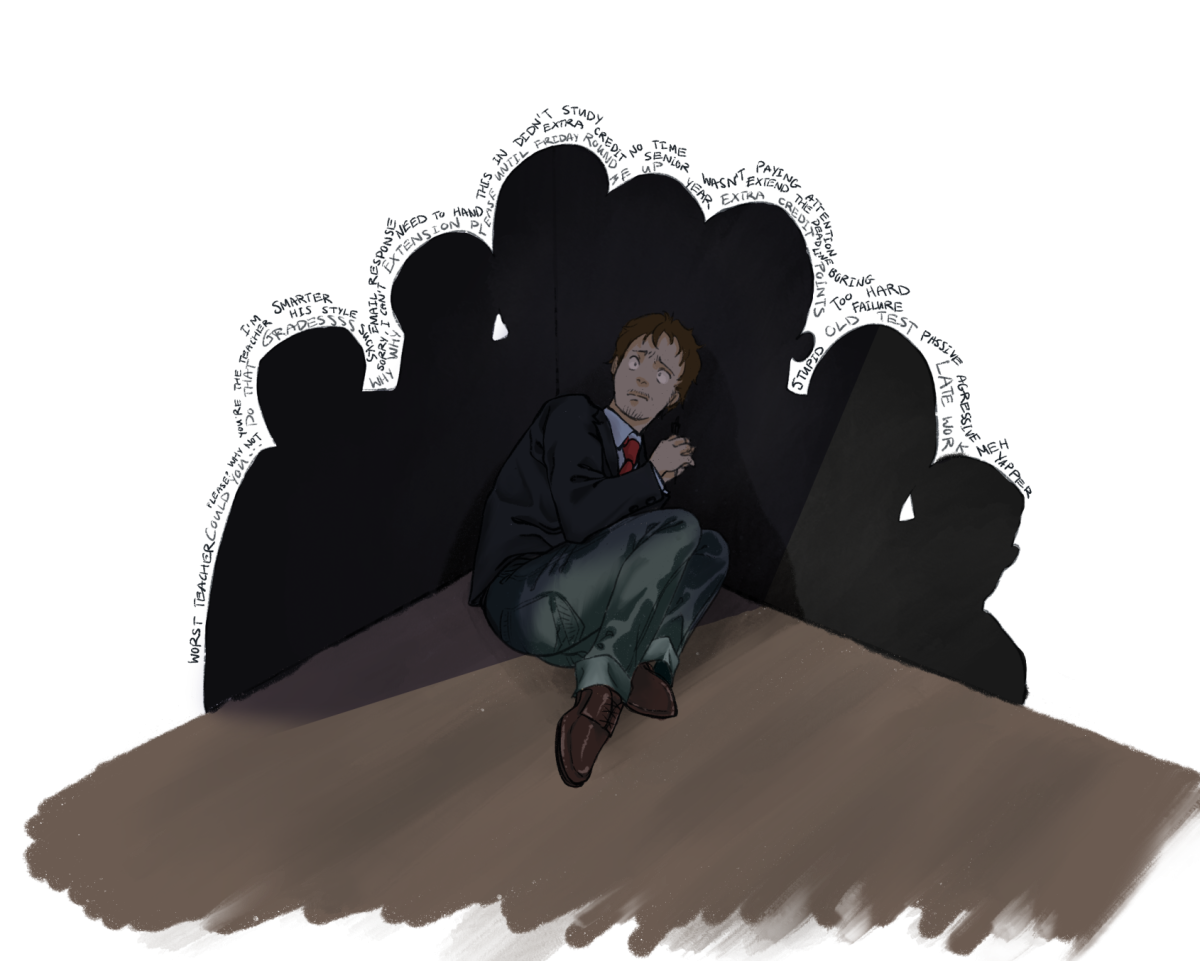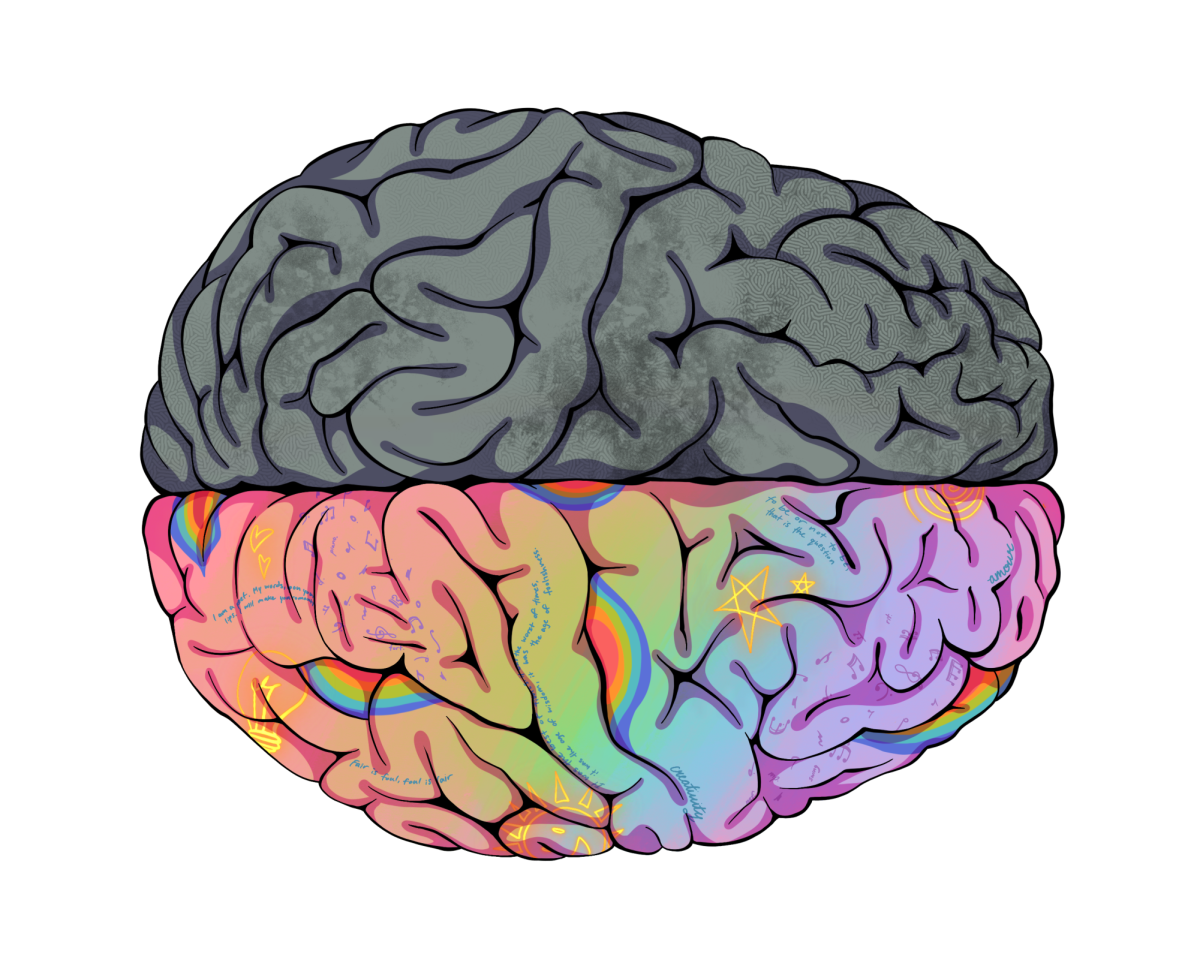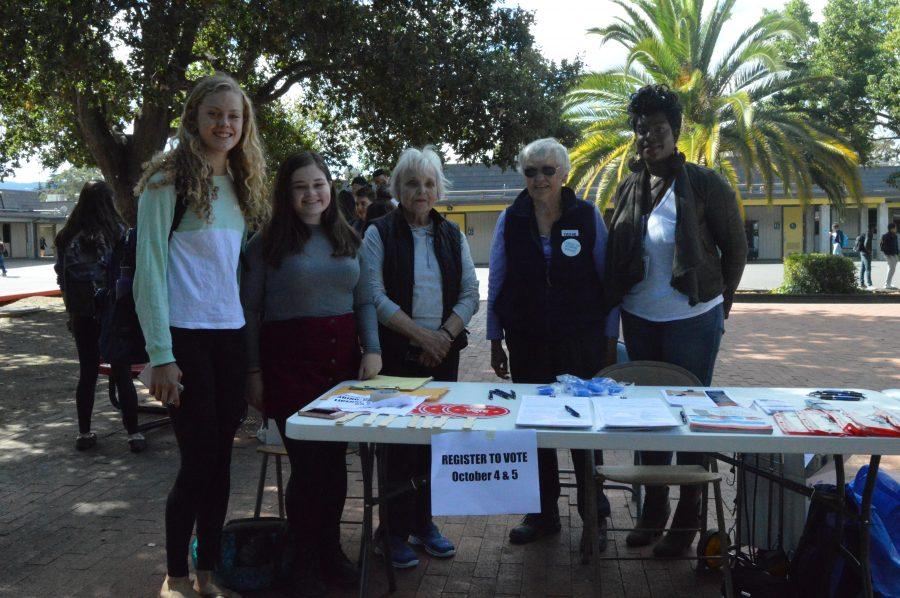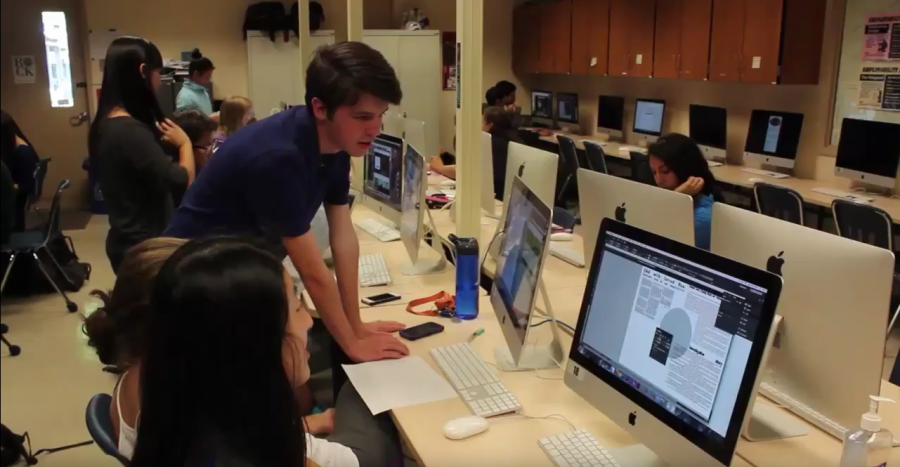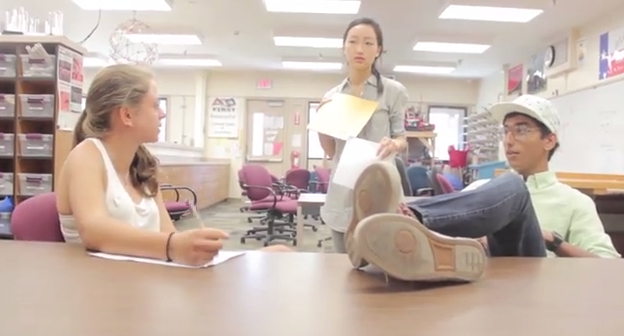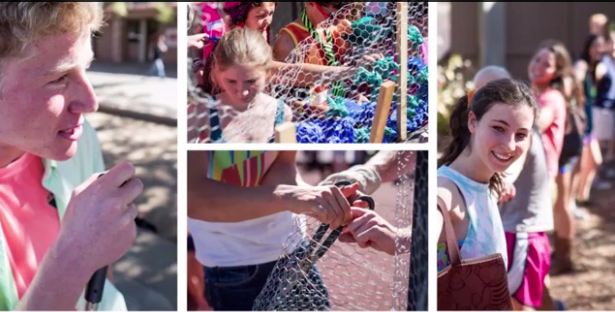By Quinn Arbolante
For the past couple years, East Asian culture has swarmed the Western hemisphere. Korean pop (K-pop) concerts and festivals in U.S. cities have sold out, anime is experiencing huge growth and Korean dramas are entering the mainstream source of entertainment. It should be no surprise that an increasing number of Gunn students have started enjoying the culture, especially since the California Healthy Kids Survey results showed that around 40 percent of ninth and 11th graders at Gunn are Asian, connecting the community to Asian traditions and customs. Students, however, stigmatize peers with such interests, whether it’s due to the difference between America and East Asia or an inability to get through foreign barriers and peers’ views. The Gunn community should be more accepting of these Asian customs by being more informed of what they are and avoiding misconceptions that are stereotypically tied with the culture, such as the often inaccurately used terms “weeaboo” and “koreaboo”—annoying, obsessed fans who want to be Japanese or Korean.
One of the main causes of the stigma is the language barrier between the U.S. and East Asia. The fact that many interested foreigners cannot understand East Asian languages results in a negative opinion of the culture. But nowadays, you don’t need to learn the language to appreciate or understand a culture. Many people interested in East Asian culture simply use subtitles when watching anime or focus on nonverbal communication. Finger gestures, symbols that K-pop stars use in concerts and in public, are a perfect example of this. Learning the language is not a requirement and everyone is free to enjoy the culture.
There is also pressure from influential sources to believe in the quickly-made negative claims on Asian culture. Popular figures such as YouTuber Filthy Frank create negative labels regarding enthusiasts of the culture like weeaboo and koreaboo. Filthy Frank, for example, posted a viral video about weeaboos in 2014. In a series of interviews on Japanese culture fans by Vice magazine, interviewees recalled opposition to their interests from other people via teasing. These sources cause people to immediately assume a fan of Asian culture is a weeaboo, an assumption which is false.
Some people may say that East Asian culture deserves the stigma because of its inherent differences from Western culture. Events that showcase East Asian culture such as cosplaying conventions, events for which people dress up as a character from a movie, book or video game, and customs such as vocaloids (humanoid pop stars), manhwa (Korean comics or cartoons) and anime are so different from Western culture that it’s instinct to consider the culture abnormal. But this opinion to think of anything not Western as odd is a mindset that is difficult to change, and it shouldn’t exist when over a third of Gunn is connected to Asian culture. The wariness of diversity should be extinguished from Gunn to adapt to the influx of new customs.
The stigma towards East Asian culture is based off of a misunderstanding of the culture and pressures from others. The large difference between America and East Asia, as well as public opinion, create this overused image of fans of the culture, making it harder to express interests despite Asian culture’s growing popularity. More knowledge would assuage the fear of change and create a personal opinion rather than a given one.




